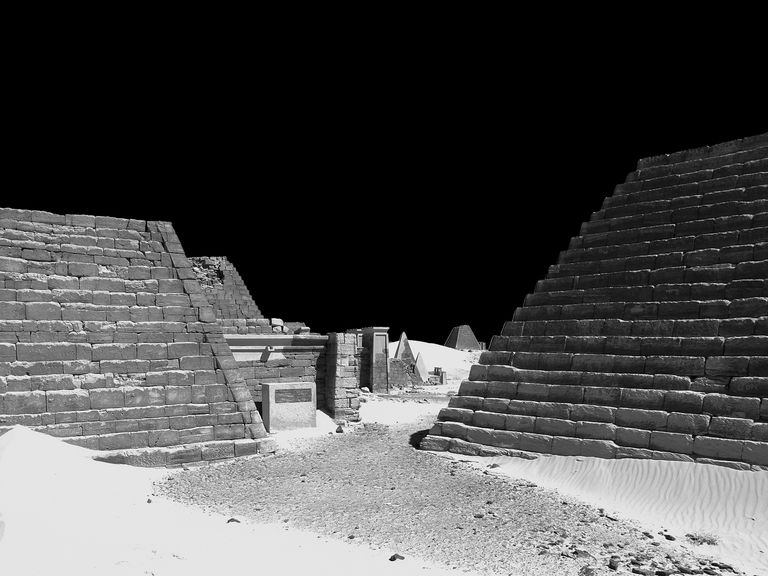Project Detail: Immortalised in Stone
Contest:
Swiss Storytelling Photo Grant 9th
Brand:
LuganoPhotoDays
Author:
Ralph Ledergerber
Project Info
Immortalised in Stone
The Royal Necropolis of Meroë
Meroë served as the capital city of Kush, whose robust culture thrived for centuries. Their grand architecture and works of art left a lasting testament to the greatness of the Nubian kings and queens.
Located in the desert sands near the Nile in modern Sudan, the ancient culture of Nubia played a decisive role shaping Egypt from the 8th century BC, serving as that kingdom's 25th dynasty in the Late Period. After the Nubian pharaohs lost power, they retreated south to form the Kingdom of Kush, which thrived in splendid isolation, while the rest of Egypt suffered repeated invasions from Assyrians, Persians and Greeks.
Because of Meroë's distance, the Kushites were able to retain their independence, developing their own hybrid of Egyptian culture and religion until well into the 4th century. With access to mines and minerals, the Meroites were expert gold workers. They built temples, palaces and royal baths in their capital. Perhaps their grandest achievements are the more than 200 pyramids built at the necropolis in Meroë, giving Sudan more pyramids than all of Egypt combined. Tall, slender and graceful monuments bear witness to the lasting splendour that was Kush.
While the Middle Kingdom of Egypt was in decline around 1785 BC, the Nubian empire flourished and by 1500 BC it stretched from Wadi Haifa to Meroë. The Nubian ruling dynasty continued to flourish through to the 9th century BC. Around 730 BC the Nubian kin Piye invaded and conquered Egypt, extending his reign by controlling the entire Nile Valley. He was the first pharaoh of Egypt's 25th dynasty (ca. 770-656 BC), the so called Black Pharaohs. After 35 years in power Piye died in 715 BC. The 25th dynasty lasted three quarter of a century before it fell to the Assyrians.
The defeat forced the Nubians to retreat further south in the 6th century BC. Under the 26th dynasty of Pharaoh Psmatek II, Meroë was designated as their new capital, strategically positioned for trade, with fertile land and blessed with natural resources such as gold and iron. Meroë only became the preferred necropolis around 250 BC and until then royals were still buried at Nuri. There are two main burial sites: the south cemetery and the northern burial ground. The south cemetery was the oldest and reached capacity so the northern burial ground was born. The northern area contains the best preserved pyramids and some of the most impressive tombs are the final resting places for thirty kings, eight queens and three princes.
The earliest pyramids were step pyramids. Later structures built in the 3rd century are simpler with smooth steep sides and notably smaller and generally lack the pyramidion, a pointed capstone. Meroë was abandoned in the 4th century.
It was a privilege to walk through the regal burial grounds of a lost, once highly developed culture. All that remains are these monuments. Amazing!


















